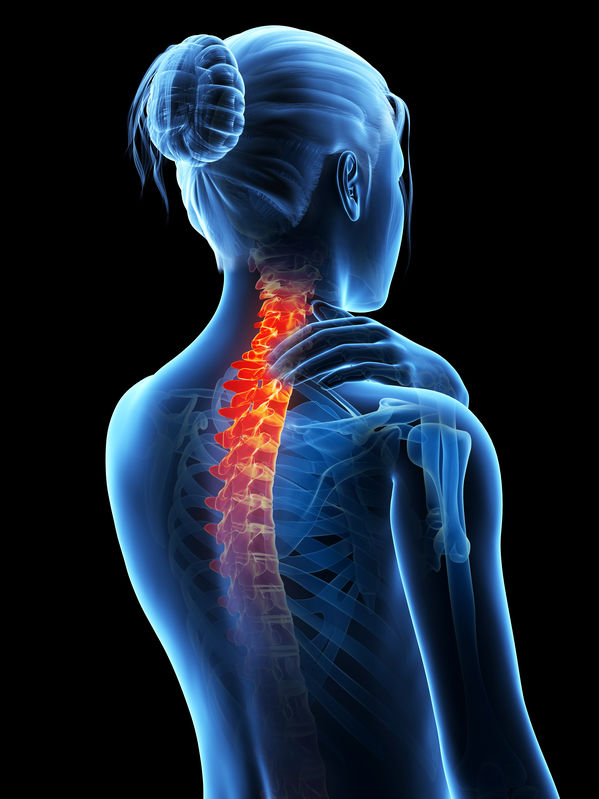Neck Pain
A comfortable neck is essential for everyday life and sports.
The anatomy of the neck includes the muscles, bones and nerves between your skull and collarbones. A physiotherapy examination can accurately identify which segment is responsible for your neck pain and which treatment combination will be most effective in reducing the pain and correcting any abnormality, so you may safely return to your normal level of activity.
Common neck syndromes include:
- The acute wry neck
- Whiplash injury
- Slow onset pinched nerve.
- Arthritis pain and inflammation
- Cervical posture syndrome
- Osteoarthritis
- Chronic headaches
- Neck shoulder arm pain and tingling.
- Muscle spasms, tightness, trigger points and weakness.
Treatment techniques include:
The treatment technique will depend on the diagnosis and how irritable the condition is.
Different treatment techniques include:
- Manual therapy to the joints. (E.g. mobilization and manipulation)
- Manual therapy for muscles (E.g. hold-relax, soft tissue therapy including trigger point massage, muscle massage and myofascial release).
- Manual therapy for neural structures (E.g. neural tissue mobilization).
- Therapeutic exercise to increase neck flexibility.
- Neck muscles endurance training using pressure biofeedback.
- Neck posture re-education.
- Advice regarding body mechanics when using computers or driving for long periods.
- Stress management (e.g. breathing exercises, yoga, meditation and relaxation massage).
As each person’s presentation is unique and there is often more than one structure involved (e.g. a joint and muscle) we commonly use a combination of treatment methods to achieve lasting results.
